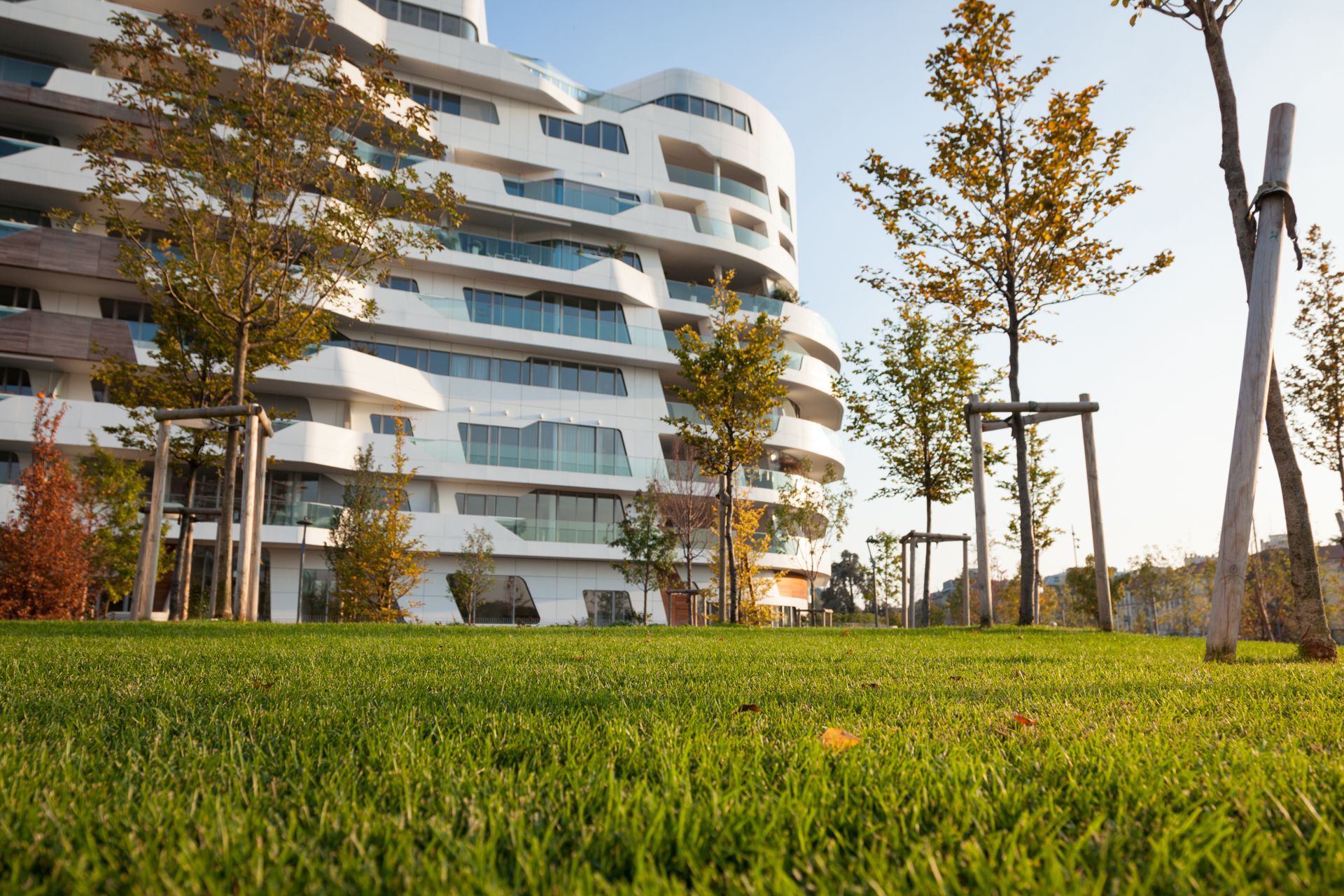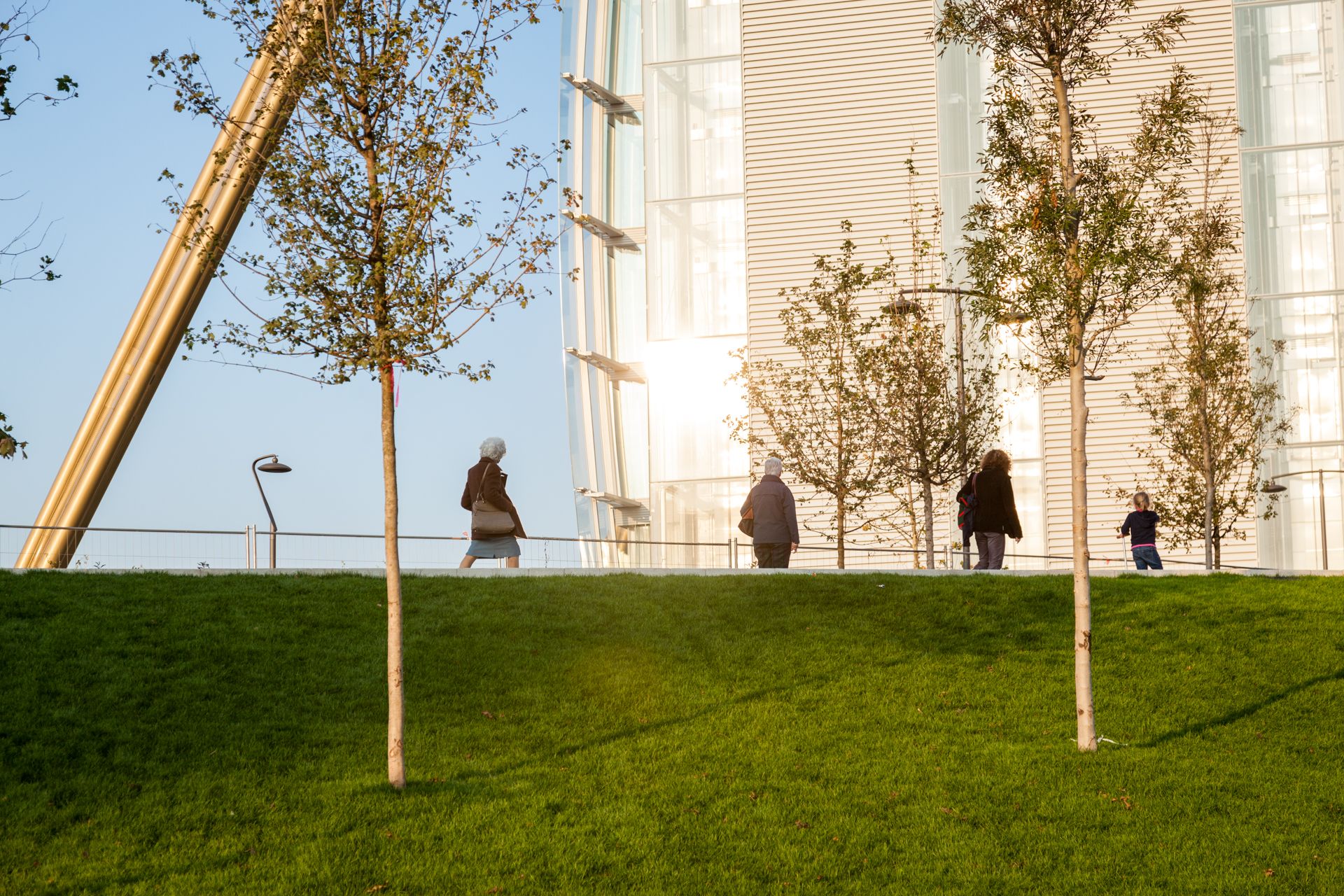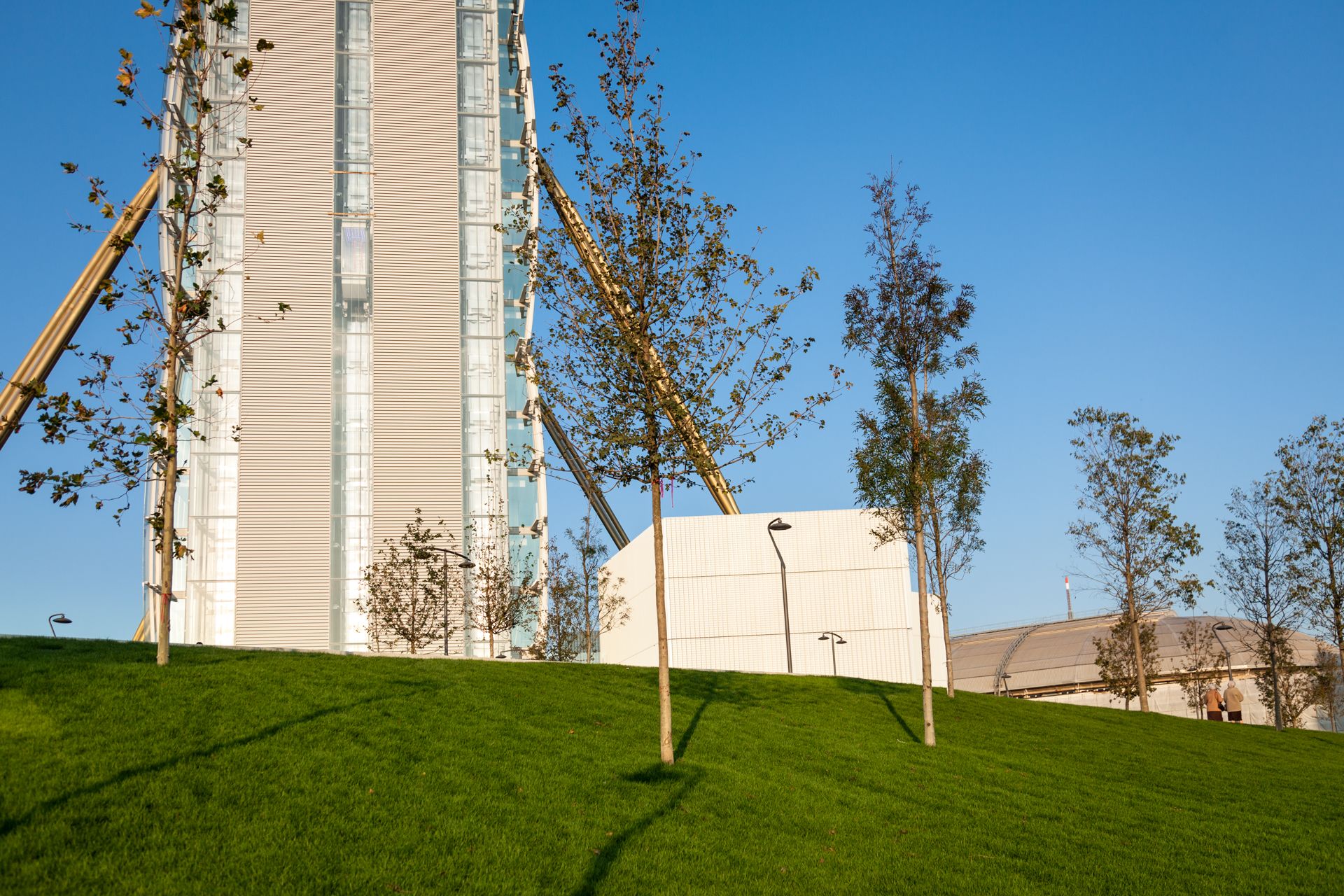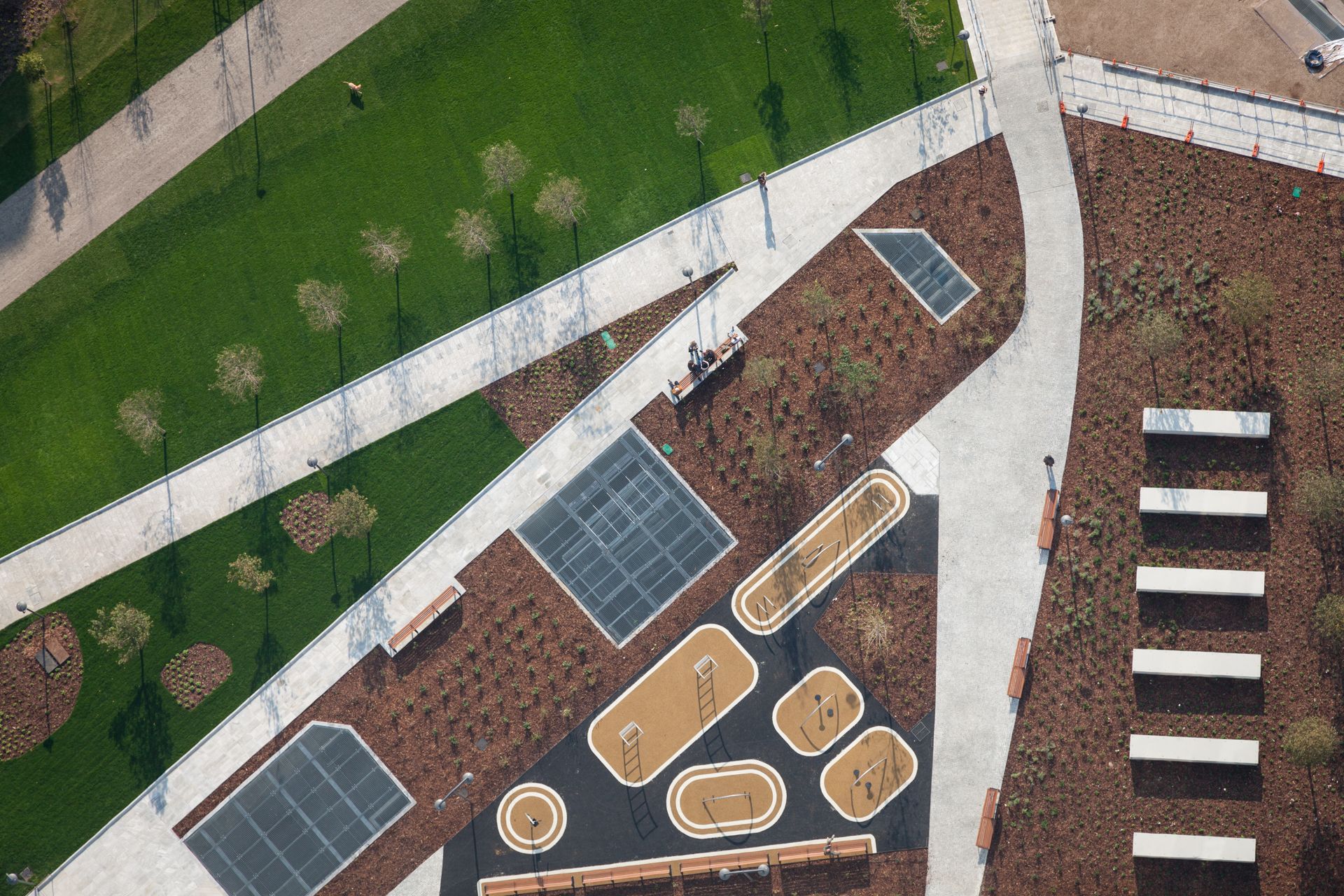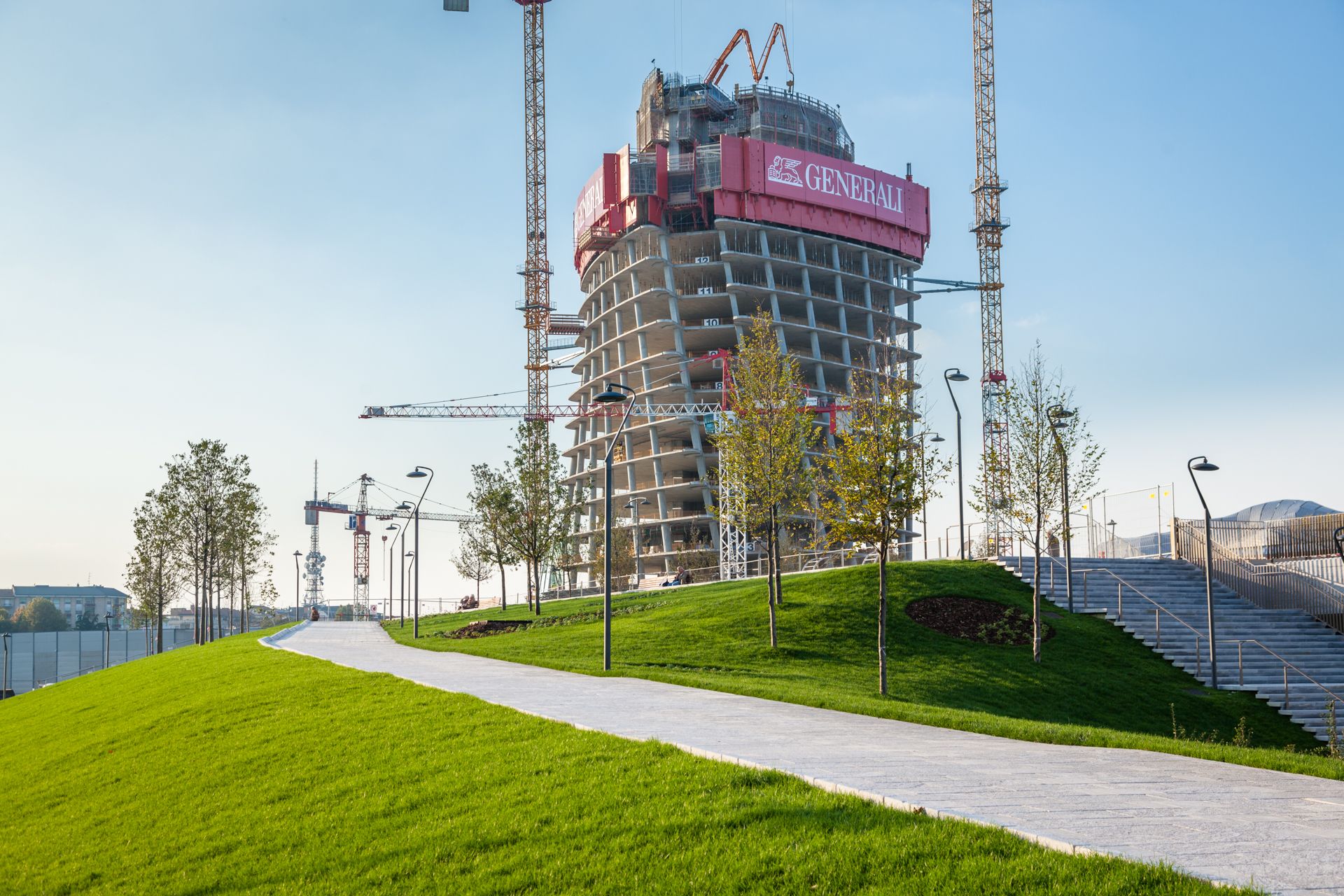01 August 2015
An oasis in the city
CityLife’s urban green
There is a new green area in Milan. The CityLife public park, thanks to a surface of 168,000 m², will be added to the whole of 16,617,500 m² municipal green available areas in Milan. This is a consequence of the revival of urban agriculture, a movement – born in the US – focused on the rediscovery of self-made agriculture.
About 70,000 m² of the park are already perfectly accessible, another part will be completed by December, and so on until the full opening of the third largest park in the center of Milan, after the Sempione Park and the Giardini of Porta Venezia.
The park will host more than 1,500 trees, including oak, beech, chestnut, cherry. Whereas a tree produces about 20-30 liters of oxygen per day, for the new park in Milan we can assume an emission of approximately 30-45mila liters per day: a small ecological heritage.
The CityLife Park is an integral part of the urban regeneration of the Trade Fair historic district. Following the move of most of the trade fair to the new exposition centre in Fieramilano Rho-Pero, the area – consisting of about 255,000 m² – was involved in an international tender won in July 2004 by the CityLife consortium, composed by Generali Properties SpA, RAS Group SpA Progestim–Fondiaria-SAI–Lamaro contracts SpA and Grupo Lar.
The project includes a residential area for about 4,500 residents, a nursery school, pedestrian and cycle paths, underground parking, a cluster of towers (Hadid Tower, Isozaki Tower and Libeskind Tower) and, of course, the large park, whose landscape concept is that of “a park between the mountains and the plain”, which reflects Lombardy variety, from the line of the Fountains representing the Lombard plain, to the oak forest that recalls the Prealps.
In English-speaking countries the subject of urban green studies is known as urban forestry, to point out how green areas can act as real urban oases within built-up areas. As a matter of fact, in addition to the function of aesthetic embellishment of the urban architecture, the role of green areas in the urban context is fundamental for many aspects, from the ecological-environmental to the social ones.
Referring to climate, the evapotranspiration produced by the plants can contribute to a significant mitigation of summer temperature in urban areas, with a kind of effect of natural air conditioning. Besides, the urban green contributes to mitigate the effects of degradation and the impacts produced by human activities. It also gives great benefits from the psychological point of view, thanks to the peaceful view of a green and well-kept area.
The presence of parks, gardens and tree-lined avenues and squares can also satisfy the citizens’ social and recreational needs, making the city more livable and people and family-friendly. The initiative of implementing green areas through aimed plans is obviously an enrichment for a city like Milan, which boasts interesting projects such as Boscoincittà – a real forest in the urban context – or the Parco delle Cave – with its four lakes, the streams, the urban vegetable gardens and the old farms – but talking about urban green, there is a lot of work to be done in order to reach the big European green cities, such as Copenhagen, Stockholm and Oslo.
© Alberto Fanelli

